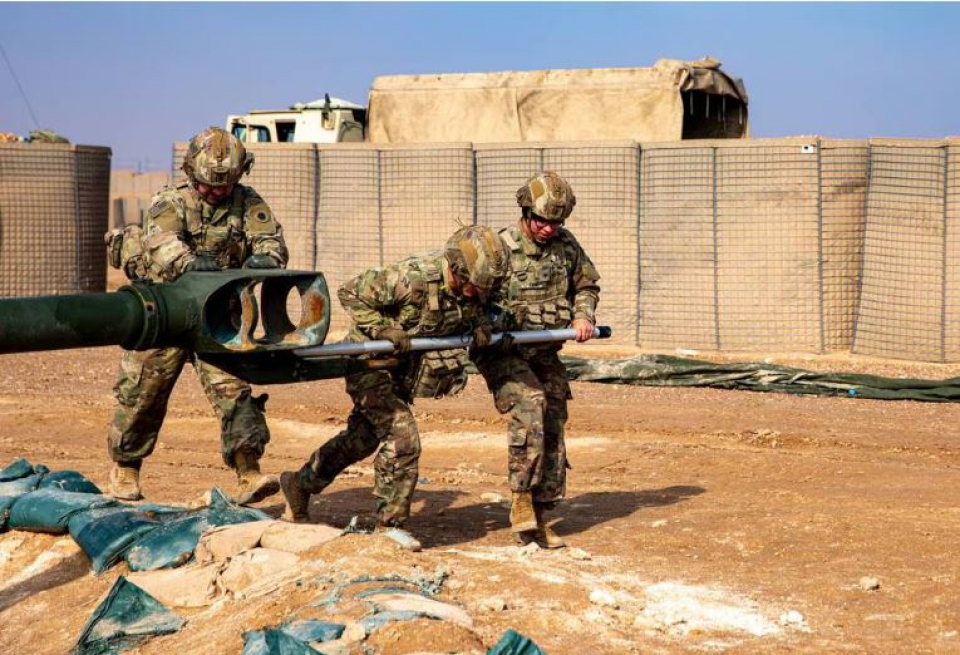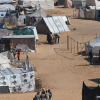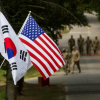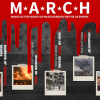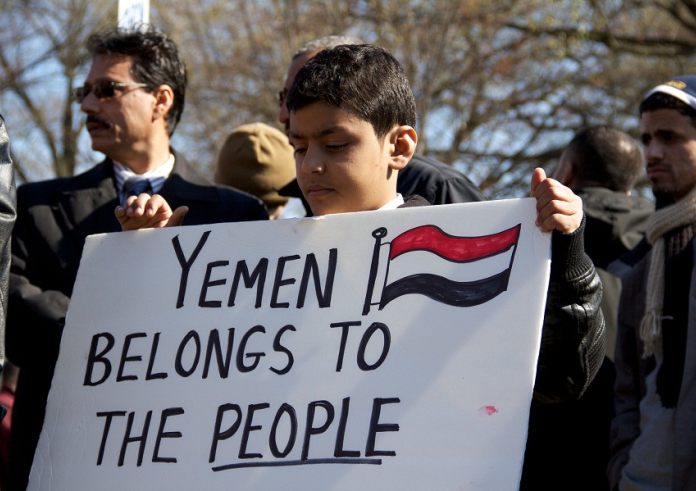During a hearing before the Senate Armed Services Committee, Army Gen. Erik Kurilla, head of U.S. Central Command (CENTCOM), revealed that while the majority of the 173 attacks targeting U.S. troops in Iraq, Syria, and Jordan between October and February did not result in casualties, some were fortunate near-misses.
Kurilla stated that "several" of the attacks by militias would have resulted in injuries or fatalities if not for fortuitous circumstances. He cited incidents where drones intended for U.S. bases were intercepted by obstacles such as netting or other objects, preventing harm to service members.
Although the majority of the attacks during the period did not cause injuries, there were notable exceptions. On January 28, three U.S. troops were killed in a drone attack on a U.S. base in Jordan known as Tower 22, and nearly 200 others were injured.
Pentagon officials had previously acknowledged that most of the militia's mortar, missile, and drone attacks missed their targets, but had not disclosed any instances of close calls. However, the fatal attack on Tower 22 in January prompted a heightened response from the Pentagon.
Despite the uptick in attacks, Pentagon press officials emphasized that the overall impact on U.S. bases had been limited until the incident at Tower 22.

